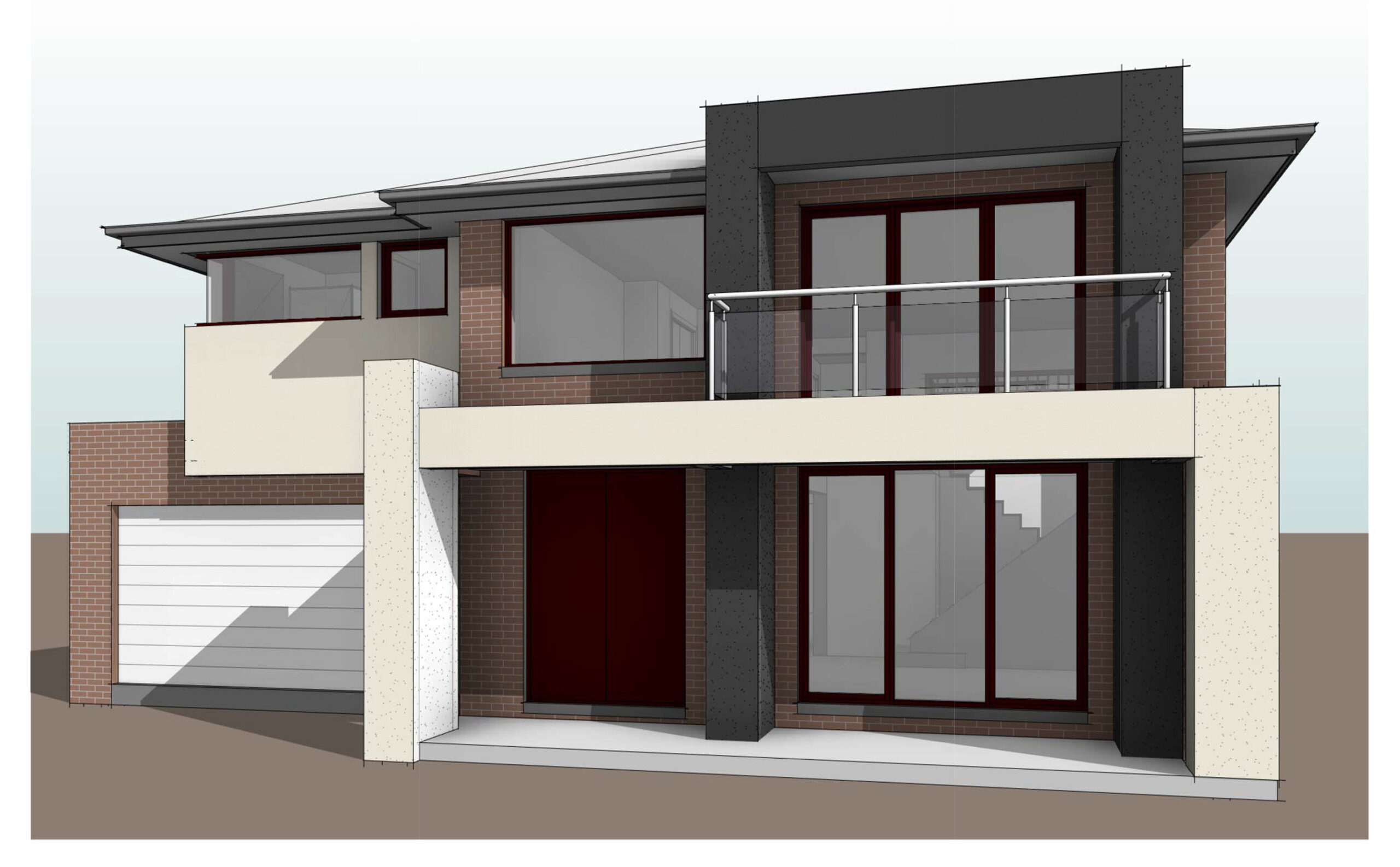Breaking Boundaries: Exploring International Outsourcing in Creative Design
Posted on : May 24, 2023
In today’s interconnected world, businesses are no longer confined by geographic boundaries. Thanks to advancements in technology and communication, outsourcing has become a popular strategy for companies looking to tap into global talent and leverage cost advantages. In this article, we will explore the concept of international outsourcing, specifically focusing on its application in the field of creative design.
Understanding International Outsourcing
International outsourcing, also known as offshoring or global sourcing, refers to the practice of hiring external service providers or individuals from different countries to perform specific business functions. This strategy allows companies to access a wider talent pool, reduce costs, and gain a competitive edge in the global marketplace. However, it is essential to consider the benefits and challenges associated with international outsourcing.
Definition and Concept
International outsourcing involves contracting work to individuals or organizations located in foreign countries. It can encompass various business functions, including customer support, IT services, manufacturing, and creative design. By leveraging the expertise and cost advantages of international resources, companies can achieve significant benefits.
Benefits of International Outsourcing
International outsourcing offers several advantages for businesses:
Cost Savings
One of the primary drivers for international outsourcing is cost savings. By outsourcing creative design to countries with lower labor costs, businesses can achieve substantial savings without compromising quality. This cost advantage allows companies to allocate resources to other critical areas of their operations, such as marketing, research and development, or expanding their product offerings.
Access to Global Talent
International outsourcing provides access to a diverse pool of creative talent from around the world. Different countries have unique perspectives, cultural influences, and artistic styles, which can enrich the creative design process. By collaborating with designers from different backgrounds, companies can bring fresh and innovative ideas to their projects.
Increased Efficiency and Scalability
Outsourcing creative design internationally can enhance efficiency and scalability. Companies can leverage the expertise and resources of outsourcing partners to handle large volumes of design work or meet tight deadlines. This flexibility allows businesses to scale their design operations up or down as needed, without the need for extensive internal infrastructure.
The Role of Creative Design in Business
Creative design plays a vital role in today’s competitive business landscape. It encompasses various aspects, including graphic design, web design, branding, packaging, and user experience (UX) design. Effective design not only enhances a company’s visual identity but also contributes to customer engagement, brand recognition, and overall user satisfaction.
Benefits of Outsourcing Creative Design
Outsourcing creative design brings specific benefits that contribute to business success:
Cost Savings
Outsourcing creative design internationally can significantly reduce costs for businesses. Design services in certain countries may be more affordable compared to hiring an in-house team or relying on local agencies. This cost advantage allows companies to allocate their budgets more efficiently and invest in other areas of their business growth.
Access to Global Talent
By outsourcing creative design internationally, businesses gain access to a global talent pool of skilled designers. Different regions have their own unique design aesthetics and perspectives, allowing companies to tap into diverse creative ideas. This multicultural approach to design can help businesses create compelling and culturally relevant visuals that resonate with their target audience.
Increased Efficiency and Scalability
Outsourcing creative design provides companies with increased efficiency and scalability. External design agencies or freelancers can handle design projects promptly, leveraging their experience and streamlined workflows. This allows businesses to meet tight deadlines, launch campaigns faster, and accommodate fluctuating design needs without overburdening their internal teams.
Expertise and Specialization
International outsourcing allows businesses to collaborate with specialized design experts. For example, a company in the fashion industry can partner with designers who specialize in apparel and fashion branding. This expertise ensures that the design work is of high quality, aligned with industry trends, and tailored to the specific needs of the business.
Finding the Right International Outsourcing Partner
When considering international outsourcing for creative design, it is crucial to find the right partner. Here are some factors to consider:
Expertise and Experience
Look for outsourcing partners who have a proven track record in creative design. Evaluate their portfolio, client testimonials, and industry experience to ensure they possess the necessary skills and expertise to meet your design requirements.
Cultural Compatibility
Cultural compatibility is essential when outsourcing internationally. Consider the cultural nuances and preferences of your target market and ensure that your outsourcing partner understands and can align with them. This alignment will help in creating designs that resonate with your audience and avoid cultural misinterpretations.
Communication and Collaboration
Effective communication and collaboration are vital for successful outsourcing partnerships. Ensure that your outsourcing partner has strong communication channels and is responsive to your queries and feedback. Clear and open lines of communication will foster a productive working relationship and ensure that your design projects are executed seamlessly.
Intellectual Property Protection
Protecting your intellectual property is crucial when outsourcing creative design internationally. Before entering into any agreements, discuss and establish measures to safeguard your confidential information and design assets. Non-disclosure agreements (NDAs) and intellectual property clauses can provide legal protection and give you peace of mind.
Clear Communication Channels
Establish clear communication channels with your outsourcing partner. Regularly communicate project requirements, expectations, and feedback. Utilize communication tools such as video calls, project management software, and instant messaging platforms to foster real-time collaboration and clarity.
Project Management and Accountability
Implement effective project management practices to ensure smooth execution of design projects. Define project timelines, milestones, and deliverables in collaboration with your outsourcing partner. Regularly monitor progress, address any issues promptly, and maintain accountability on both sides.
Quality Control and Feedback Loops
Maintain a strong focus on quality control throughout the design process. Clearly communicate your design standards and expectations to the outsourcing partner. Implement feedback loops to provide constructive feedback and address any necessary revisions. Regularly review and evaluate the quality of the design deliverables.
Regular Performance Evaluation
Conduct regular performance evaluations of your outsourcing partner. Assess their adherence to timelines, quality of work, and overall collaboration. This evaluation will help identify areas for improvement and ensure that the partnership continues to meet your expectations.
Automation and AI in Creative Design
The integration of automation and artificial intelligence (AI) in creative design is gaining momentum. Machine learning algorithms can assist with repetitive design tasks, freeing up human designers to focus on more strategic and creative aspects. Automation tools can enhance efficiency, speed up design processes, and improve productivity in international outsourcing partnerships.
Global Collaboration Platforms
Global collaboration platforms are emerging to facilitate seamless communication and collaboration among international teams. These platforms offer features such as real-time project tracking, document sharing, and integrated communication tools. They provide a centralized workspace for teams to collaborate effectively regardless of their geographic locations.
Conclusion
International outsourcing in creative design offers businesses the opportunity to break boundaries and leverage global talent and cost advantages. By strategically partnering with outsourcing providers, companies can access specialized expertise, enhance efficiency, and scale their design operations. Effective communication, cultural compatibility, and a focus on quality are key to successful outsourcing collaborations. Overcoming challenges such as cultural differences and time zone variations requires proactive communication and strategic planning. As technology continues to evolve, automation and global collaboration platforms will play a significant role in shaping the future of international outsourcing in creative design.




